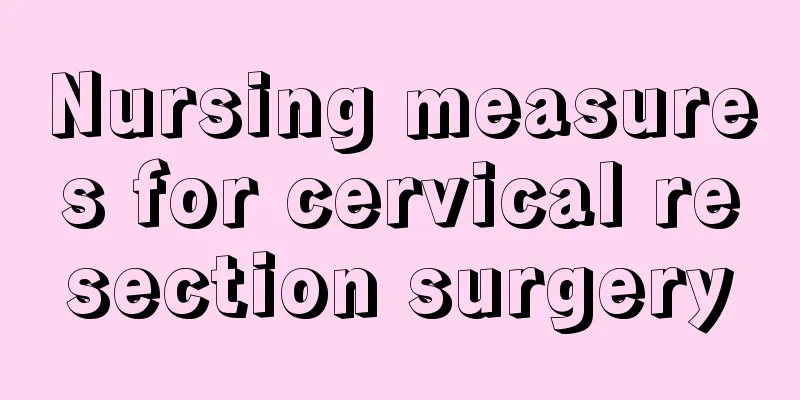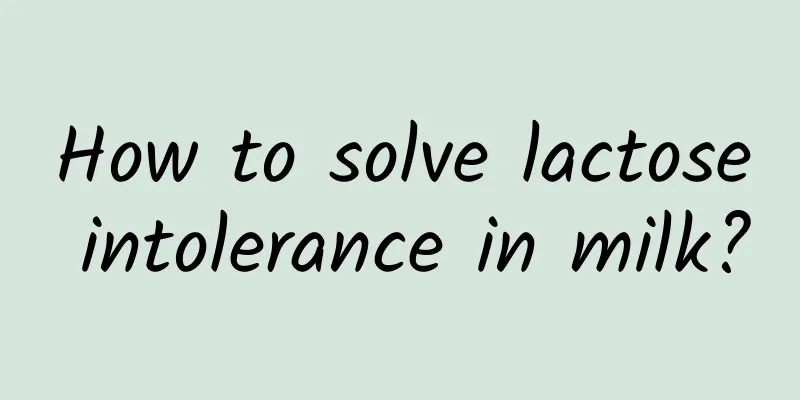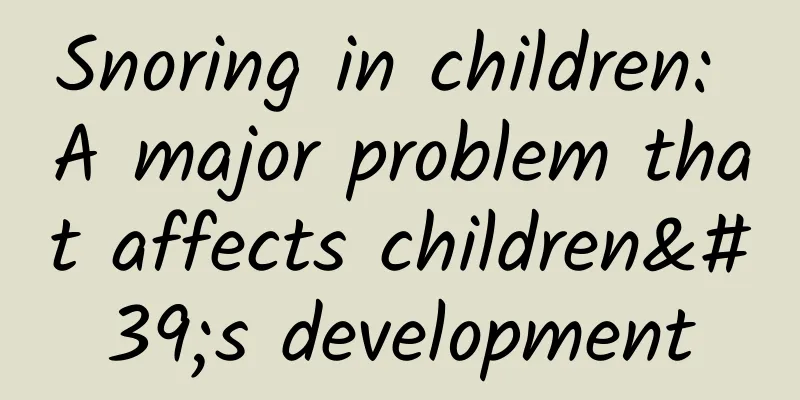Not just a warrior, how the cerebellum regulates human movement

|
The cerebellum, located at the lower back of the brain, is often "underestimated", so much so that when we say someone has a well-developed cerebellum, it seems to mean that he is a warrior. Is the cerebellum really responsible for controlling body movements and doing purely "physical work"? This is not the case. The volume of the cerebellum accounts for only 10% of the total volume of the brain, but it has more than about 69 billion neurons, while the brain has only 16 billion neurons. The number of neurons in the cerebellum is more than that in the brain because it contains about 50 billion granule cells, which are small in size and numerous in number and play the role of connecting neural circuits. The cerebellum has so many granule cells, which shows that its neural circuits are very complex. It has a wealth of incoming and outgoing connections with the brain, brainstem and spinal cord, and is involved in language cognition, time perception, emotion regulation and audio-visual signal processing, etc., but it is best at regulating movement. The cerebellum is divided into the vestibular cerebellum, spinal cerebellum and cortical cerebellum according to their functions, which are responsible for maintaining balance, regulating muscle tension and coordinating voluntary movements respectively. The vestibular organ in the inner ear is the most important balance receptor, which tells us where the head is, where the body is, or what state of motion it is in. These signals are transmitted to the vestibular nucleus and vestibular cerebellum, which then issue movement commands to change posture to prevent the body from falling over. If this pathway is damaged, people will stagger and walk like a drunk. Muscle tension refers to the fact that even when the human body is in a relaxed state, the muscles still maintain a certain tension contraction, otherwise they will become limp. Muscle tension is mainly maintained by spinal reflexes. Muscle tension signals are input into the spinal cord and then transmitted through motor nerves, causing muscle tension to increase or decrease. Clinicians often use a percussion hammer to tap the ligaments to check whether the spinal cord function is good and whether the reflex pathways are unobstructed. The spinal cerebellum exchanges information with the spinal cord to guide the spinal cord to better complete muscle tension regulation, making posture more coordinated and movements more agile. If muscle tension is hyperactive, people will behave stiffly, like zombies; if muscle tension is reduced, people will have weak muscles and be almost paralyzed. The most amazing thing is that the cortex and cerebellum program voluntary movements. Voluntary movements are "free-willed" movements, such as when I want to pick up a cup or type on the keyboard, which are all controlled by the brain. In contrast, there are reflex movements that are not controlled by consciousness and rhythmic movements that are controlled by consciousness to a certain extent, such as breathing. When you practice voluntary movements for the first time, they often seem clumsy. Think about the first time you learned to walk, ride a bicycle, dance, etc. It's embarrassing. These new movements require the brain to constantly issue movement commands. Muscles often deviate when executing movement commands. Vision, proprioception, etc. feed back the deviation information to the brain, and the brain readjusts the movement commands. In this way, moving and adjusting at the same time will appear uncoordinated, incoherent, and not beautiful. However, with repeated practice, a complete set of movement programs is gradually formed and stored in the cortex and cerebellum. The next time you complete the same movement, you can directly call the movement program from the cortex and cerebellum. It will guide each muscle to contract in different orders and with different strengths. At this time, the movement is natural and smooth, just right. The best martial artists or dancers are all able to control their bodies freely, as if they are in a state of perfection. If we go back tens of thousands of years, our hunter-gatherer ancestors were also jungle darlings with the physique of Olympic athletes. Unfortunately, modern people's athletic ability has degenerated under the sweep of the industrial revolution and the information revolution. This is something to be vigilant about. Do we have a healthy cerebellum? You can use a simple "finger-to-nose test" to check. Close your eyes, place your index finger about 0.5 meters in front of your face, and move it toward the tip of your nose until it touches your nose. If you can complete this action quickly and in a coordinated manner, it means that your balance ability, muscle tension, and voluntary movements are all normal; if you cannot reach the tip of your nose, or if you move slowly or tremble when approaching the tip of your nose, it is likely that there is a problem with the cerebellum, or it may be a problem with the vestibular organ or proprioception. my country once discovered the world's ninth case of congenital absence of cerebellum. She is a 24-year-old adult woman who was treated for vomiting and dizziness. CT scans revealed that her cerebellum was vacant and replaced by cerebrospinal fluid. This woman did not start talking until she was 6 years old, and could not walk until she was 7 years old. Her ability to speak and walk is lower than that of ordinary people, but she can live a relatively normal life. She is married and has a daughter. Living without a cerebellum seems to imply that the cerebellum is not important, but for these special patients, due to the plasticity of brain development, the function of the cerebellum is largely replaced by other brain regions. If a normal person loses the cerebellum, their ability to move, speak, and eat will be greatly limited, and even living will be difficult. The cerebellum is not simple, and its movements have mysteries, but we who live in happiness are unaware of it. We can walk freely, and we should thank a healthy cerebellum. (The author is an associate professor at Central China Normal University and a member of the Chinese Society for Neuroscience) |
Recommend
What are the gynecological rapid hemostatic drugs?
In our daily life, many people have irregular men...
What are the recipes for caesarean section and confinement?
We all know that there is a one-month confinement...
Can I take a hot spring bath during menstruation?
There are a few days every month when women need ...
Why are there so many small lumps in the vagina?
The vagina is the female reproductive organ, and ...
How is Chuzhimei collagen? Evaluation of Chuzhimei collagen
Collagen is as important to me as fruits and enzy...
Why do I have pain on the outside of my breasts?
Recently I have noticed that both sides of my bre...
What does the transparent leucorrhea mean?
Leucorrhoea drawing is a transparent, stringy dis...
How many days after frozen embryo transfer can the test be performed?
For many older women who have missed artificial i...
You can't have an abortion after you're pregnant for a few months.
At present, if a woman is unmarried and pregnant,...
Can I take watermelon frost lozenges during breastfeeding?
During breastfeeding, every move of the mother ma...
Will I get pregnant if I have sex a week before my period?
The timing of menstruation is very important for ...
Can breast fibroids be cured by taking medicine?
Breast fibroids are a common disease that mainly ...
Caesarean section scar picture
The cesarean section scar is the mark left on the...
What are the methods of muscle training for women?
I believe you must have often seen many boys stre...
What are the symptoms of uterine infection after medical abortion?
When an unexpected pregnancy occurs, it is recomm...









